Please login or click here to join.
Forgot Password? Click Here to reset pasword
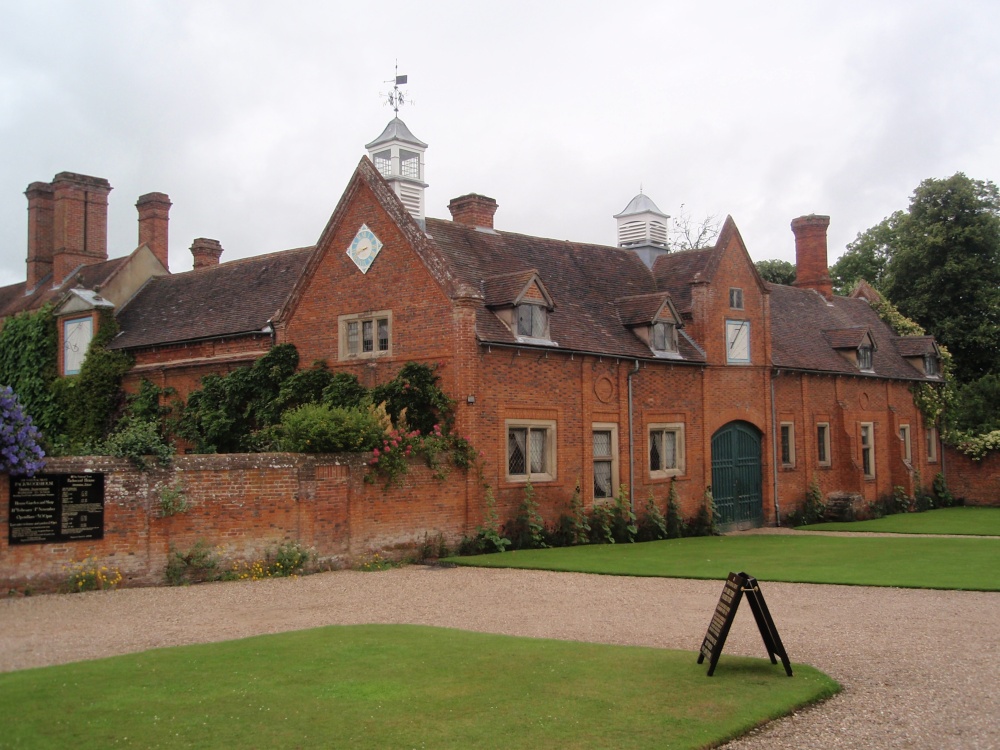
This is a gorgeous richly timber-framed mid-Tudor house with additions from the 17th-century. It was probably built for John Fetherstone, with his son being responsible for the later additions including the impressive outbuildings.
Interestingly, the Fetherstone's kept a neutral position during the Civil War, they entertained Ireton, and following the Battle of Worcester in 1651, King Charles II was entertained here.
Packwood House underwent a period of alteration in the 19th-century, and its last owner Mr. Graham Baron-Ash took pains during the 1920's and 30's to ensure the complete refurbishment of the house, returning it to how it would have looked when first built. He also added the Great Hall and Long Gallery by converting what was a cow byre and barn, and fashioned them into a superb medieval-style hall, linked to the house by an Elizabethan style gallery. In the Great Hall there is a distinctive fire surround rescued from a wine shop in Stratford-upon-Avon, this is thought to date from the great Bard's time. Old panelling and flooring from other local properties was used to complete the Long Gallery, this makes a fitting backdrop for numerous treasures, including 16th and 17th-century furniture and tapestries.
A showpiece of the house are the bedrooms, these contain three beds slept in by historic visitors of the past including Queen Margaret of Anjou, wife of Henry VI, Henry Ireton who visited during the Battle of Edgehill in 1642, and more latterly in the 20th-century Queen Mary, who was entertained at Packwood House in 1927.
The house is the centrepiece of a formal Carolean Garden and a yew garden representing the Sermon on the Mount. Parts of the garden where laid out in John Fetherstone's time, particularly the huge trees seen at the top of the garden.
The house remains very much as it was when it was given to the National Trust by the last owner Mr. Graham Baron-Ash, it is extremely beautiful with many eye-catching treasures. Visitors will find the house open between April and September. There is an on-site National Trust shop and facilities for refreshments.
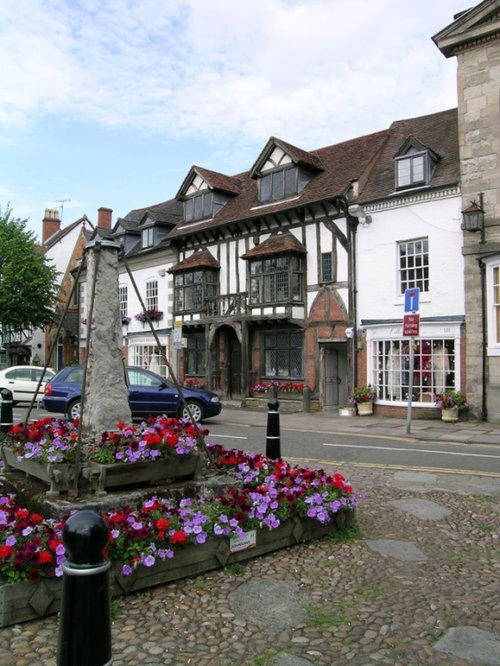
a Historic Market Town in the county of Warwickshire
(4.3 miles, 7.0 km, direction S)Hidden deep amonst the leafy lanes of Warwickshire, close to what little remains of the ancient Forest of Arden, lies the pleasant Market town of Henley-in-Arden...

in the county of West Midlands
(4.6 miles, 7.4 km, direction N)..

in the county of West Midlands
(6.2 miles, 10.0 km, direction NE)This must be one of England's loveliest villages, it is evocative of a life before urbanisation and modernity, it is that perfect idyll of much loved English country life where you can re-discover the peaceful tranquillity of yester-year...
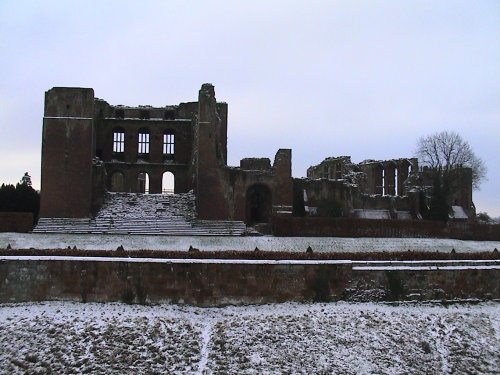
in the county of Warwickshire
(7.1 miles, 11.4 km, direction E)Kenilworth is a pleasant town located in the spacious Warwickshire countryside, it is a town with an 'air of gentility' that tells you that this is a prosperous place with a long, illustrious history...

a Historic Market Town in the county of Warwickshire
(8.3 miles, 13.3 km, direction SE)Warwick offers its visitors the chance to explore England's fascinating history with fine medieval buildings and a truly magnificent castle...
All towns in West Midlands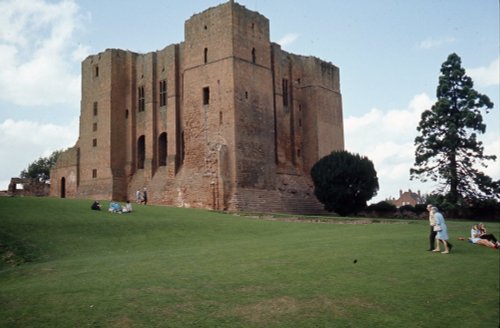
This is all that remains of a castle that once heaped lavish entertainments on England's "Good Queen Bess" for here in the heart.....
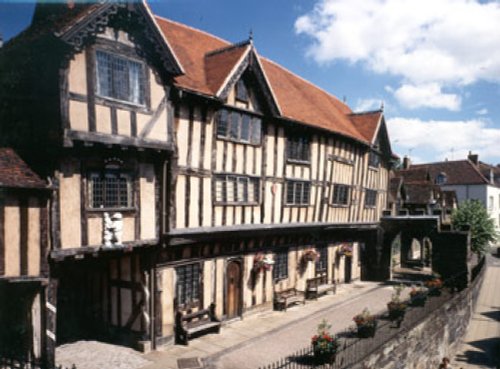
One of the most interesting building's of Warwick to survive the great fire in 1694 is the Lord Leycester Hospital. This historic.....
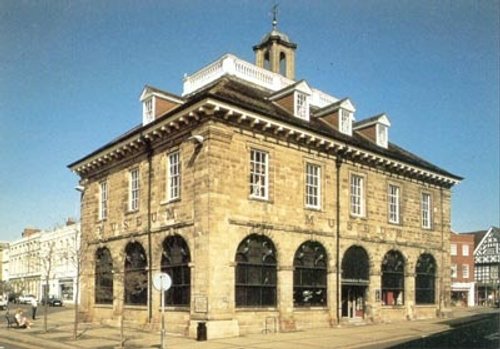
The Warwickshire County Museum is housed in the Market Hall which was built in 1670. It was built on arches to allow for stalls.....

The black and white fronted Oken's House houses one of the finest collections of early dolls and toys in the country. It was the.....

St Marys Church is believed to date back to pre norman times. Roger Earl of Warwick made it a collegiate church in 1123, giving.....